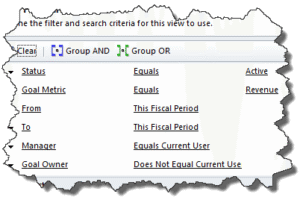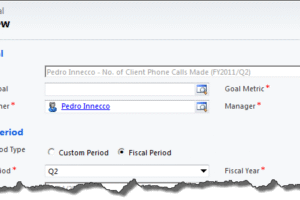One of the core concepts in Dynamics CRM concerning organisation management is Business Units. Business units are containers used to represent the business hierarchy, where the organisation created during the installation of Dynamics CRM is at the top (that is, the root business unit).
Business Units are similar to an organisational chart, but not quite the same. Combining with other organisational management settings such as sales territories and sites, this can lead to a lot of confusion, and I’ve seen a lot of implementations where business units haven’t been properly considered.
I wrote this post as a kick-start guide for those who are unsure on how to structure their organisation in Dynamics CRM. (more…)

